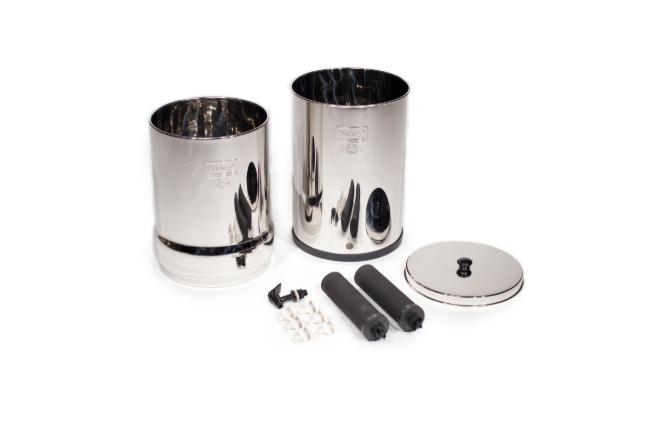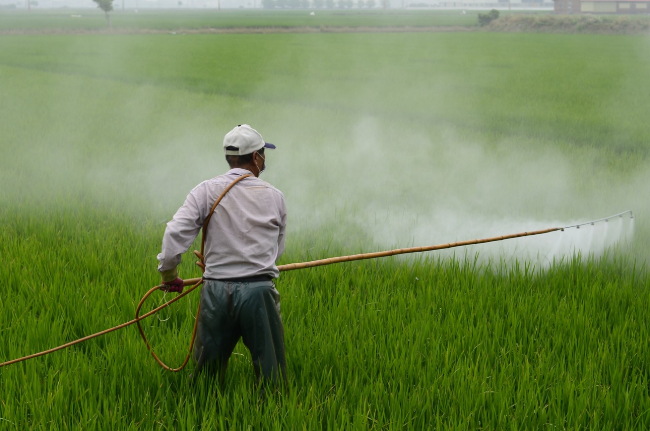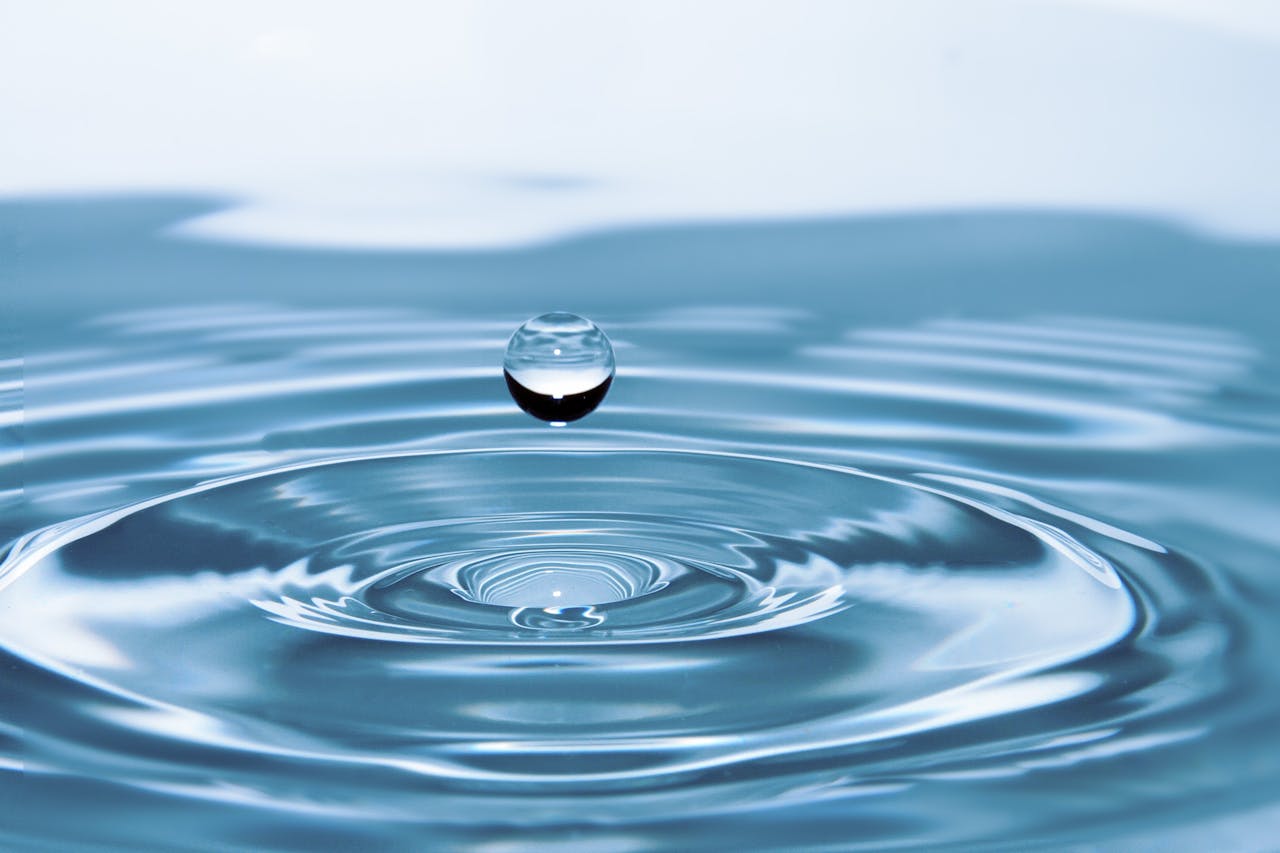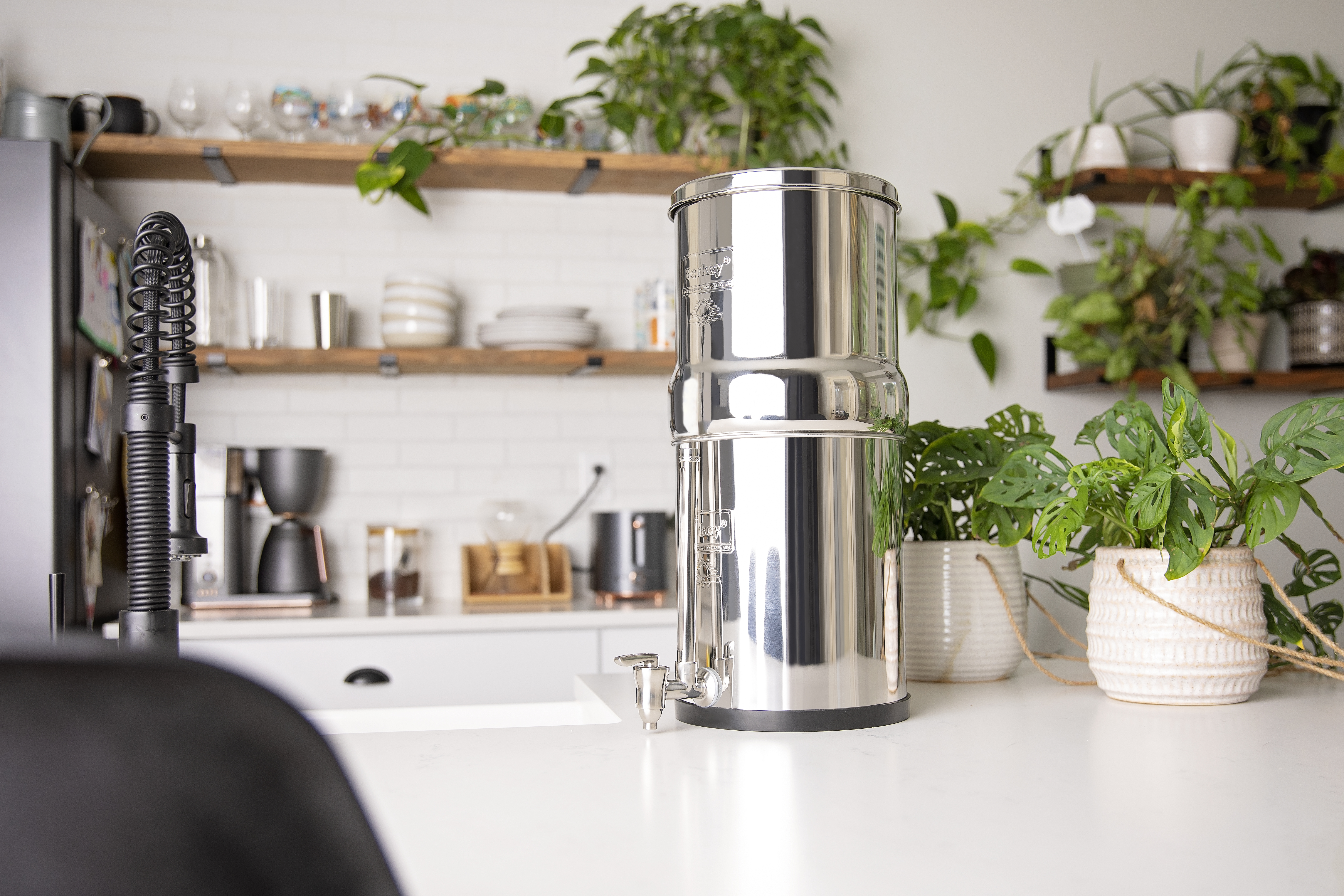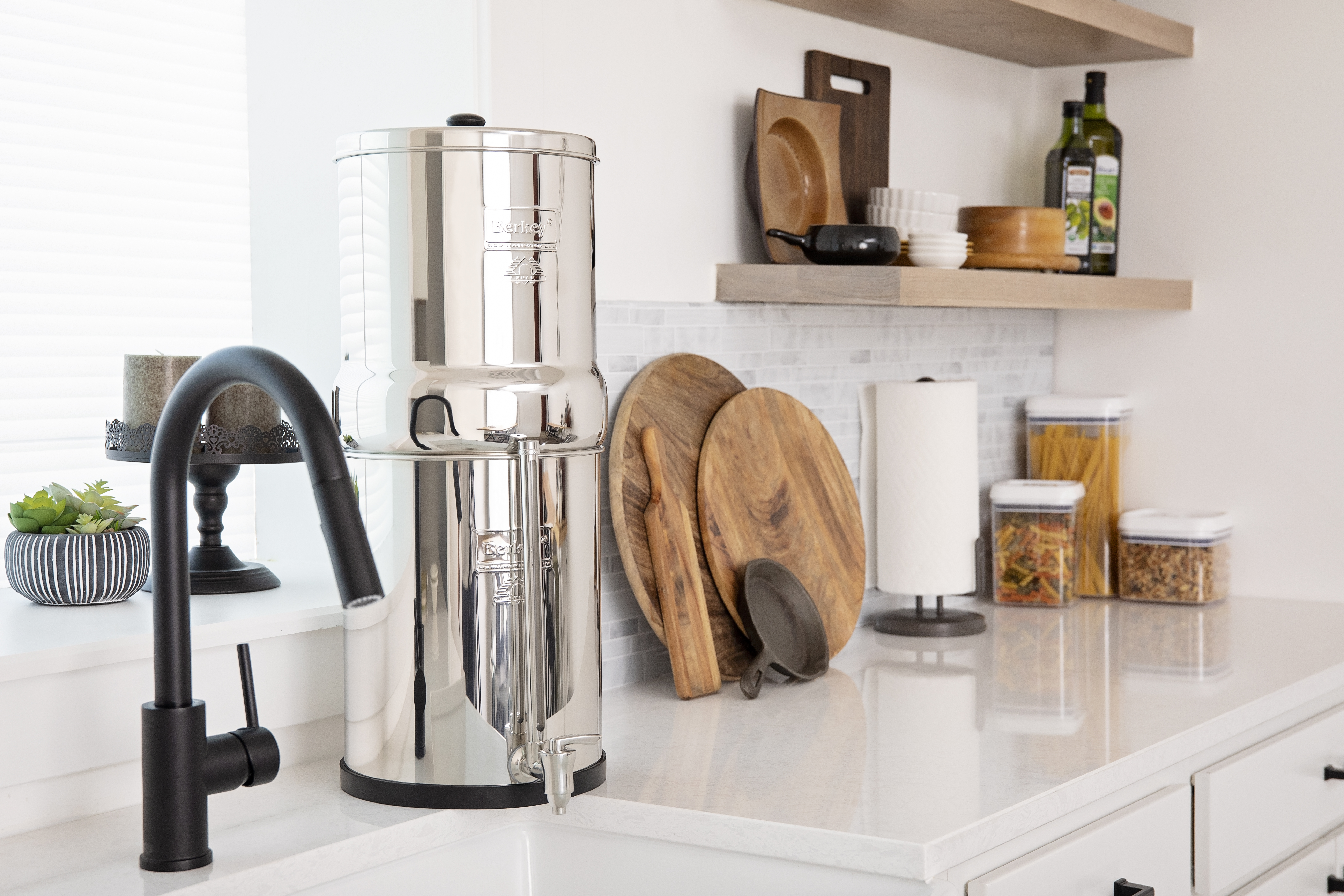Drinking water comes from a variety of sources, such as a tap, well, local river or spring. You may even rely on bottled water to meet your daily water needs. But what about rainwater — is it a safe and healthy source of drinking water?
Rainwater that falls from the sky is typically free from contaminants, and should by all accounts be perfectly safe to drink. However, since airborne pollutants such as dust and soot can impair the quality of rainwater, this will depend on atmospheric pollution levels in your area. One also needs to bear in mind that once rainwater falls to the ground it can quickly become contaminated with all manner of harmful pollutants, including bacteria, viruses, parasites and even chemical toxins that can negatively impact your health.
Rainwater that is collected off a roof surface can wash off any pollutants that have accumulated on the roof surface into your storage tank. This can include contaminants such as bird poop, dust and industrial pollutants, and in rural areas where crop spraying occurs, it can include harmful chemical pesticides. Depending on the roofing material, this can also include contaminants such as asbestos or heavy metals that are not safe for human consumption.

So, Is Rainwater Safe to Drink?
Since airborne pollutants and surface contaminants can affect rainwater quality, it is not advisable to drink rainwater without some prior treatment to remove any potential contaminants and ensure that it is fit for human consumption.
How to Improve the Quality of Rainwater
Bringing water to a rolling boil will kill off most parasites, bacteria and viruses, or at least substantially reduce levels of pathogenic microbes in water. However, some pathogens are a little more persistent, and may need to be eradicated using chemical disinfection or filtration. Boiling will also not remove toxic chemicals or heavy metals. In fact, it can actually make them more concentrated. If you are concerned about chemical toxins (for example, industrial chemicals or pesticide residue) or heavy metals such as lead, the most efficient method of eradication is to use a good quality berkey water filter that is proven capable of removing these contaminants.
The Centers for Disease Control and Prevention (CDC) recommends that when rainwater is collected and stored for use as drinking water, it should be disinfected and filtered, and it should be tested regularly. If you are unable to disinfect or filter the harvested rainwater appropriately, the CDC recommends that you avoid using it as a source of drinking water, but rather use it for watering plants or for washing clothes, bathing, etc.

If you live in a high rainfall area, collecting rainwater may offer a good solution for supplying your drinking water requirements. However, while rainwater should in theory represent water in its purest form, harvested rainwater may not necessarily be safe to drink. The collected rainwater may be contaminated with environmental contaminants and/or pathogenic microbes that could potentially make you ill. Boiling, disinfecting and filtering rainwater can remove harmful pollutants, to render the water safe for humans to drink. It's advisable to have a safe method of harvesting, storing, treating and testing the water in place before you use it as a source of drinking water.

